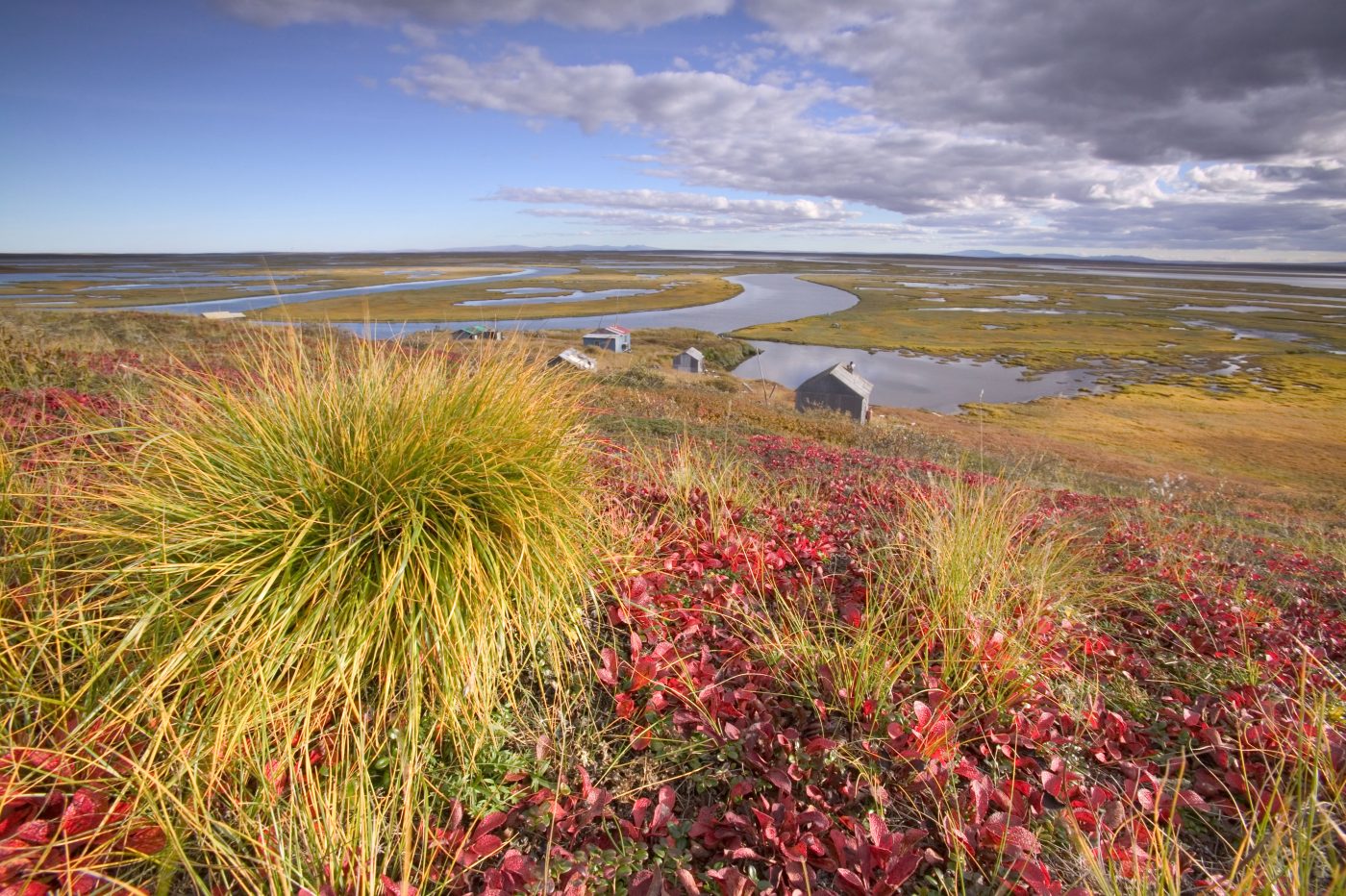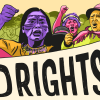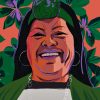- The world is facing unprecedented challenges from biodiversity loss and climate change, and one million species are at risk of extinction.
- Some of the world’s most biodiverse areas are found within the ancestral lands of indigenous peoples and local communities.
- More than a quarter of the global land area is traditionally owned, managed, used, or occupied by indigenous peoples, and has been for millennia.
Ahead of the UN Biodiversity Summit, more than 50 indigenous and community authors have contributed to a new report, providing their perspectives on what should be done to bend the curve of biodiversity loss and change our direction of travel. This report, the 2nd edition of Local Biodiversity Outlooks (LBO-2), is a landmark collaborative piece of research and analysis, and acts as a sister publication to the 5th edition of the Global Biodiversity Outlook.
In a statement, the International Indigenous Forum on Biodiversity said, “In order to bend the curve of biodiversity loss, we need to bend the curve of inequality and ensure the equitable sharing of benefits and costs. To achieve the vision 2050, there is a need for a paradigm shift in terms of values at the core of society that influence their behaviour for a transformation towards a responsible and sustainable society.”
The authors of this publication argue that future global biodiversity goals must embed the vital role of indigenous peoples and local communities in protecting biological and cultural diversity.
Increasingly, these ‘islands’ of great biological and cultural diversity found on indigenous and local community lands are being surrounded by declining resilience in vast tracts of the earth. This difference in biodiversity directly corelates with the value systems through which societies view nature.
Lakpa Nuri Sherpa of the Asia Indigenous Peoples Pact (AIPP) and member of International Indigenous Forum on Biodiversity (IIFB), said:
“Indigenous peoples don’t see nature as separate from people.”
“We interact with nature every day, and we think carefully how we manage our resources – we have spiritual and sacred relationships with our natural resources, which means we must manage our lands in a sustainable way so we can pass it on to the next generation,” said Nuri Sherpa.
“For this reason, we must continue to fight for the rights to our lands, territories and resources – if we don’t have rights, if we are attacked, we cannot protect our forests – they take the resources from our lands, but we care for these lands.
“Without security for our collective land rights, the land can be exploited, nature loses out, and there’s nothing to pass on to the next generation,” he said.
This link to security of tenure is threaded through the findings in the report highlighting that protecting biodiversity at all scales must embed indigenous peoples’ and local communities’ own territories and systems of governance and management.
The report reveals local solutions to the pressing global challenges, developed, implemented and sustained by indigenous peoples and communities.
Joji Carino, (Philippines) of Forest Peoples Programme, representing Centres of Distinction on Indigenous and Local Knowledge and a Member of IIFB, and a lead-author of LBO-2 said:
“Indigenous peoples’ values and knowledge provide insights for reciprocal human-nature relationships amidst the crisis of biodiversity loss and climate change.”
“Biodiversity needs the voices of indigenous peoples,” said Carino.
“Putting the cultures and rights of IPLCs at the heart of the 2050 biodiversity strategy would deliver sustainable livelihoods and wellbeing, and positive outcomes for biodiversity and climate,” she said.
LBO-2 is released during crucial negotiations towards a post-2020 global biodiversity framework, and the findings presented here are of fundamental importance to the outcome of those negotiations. The authors demonstrate through grounded cases that effective conservation and restoration of our natural world happens through a mosaic of locally tested and proven systems of sustainable use. And this contributes to resilience, where locally grounded food systems can provide sustainable and nutritious food for our families and communities in good times and bad times. But support for these solutions is needed.
A press briefing will be held on 23 September. You can register: here



